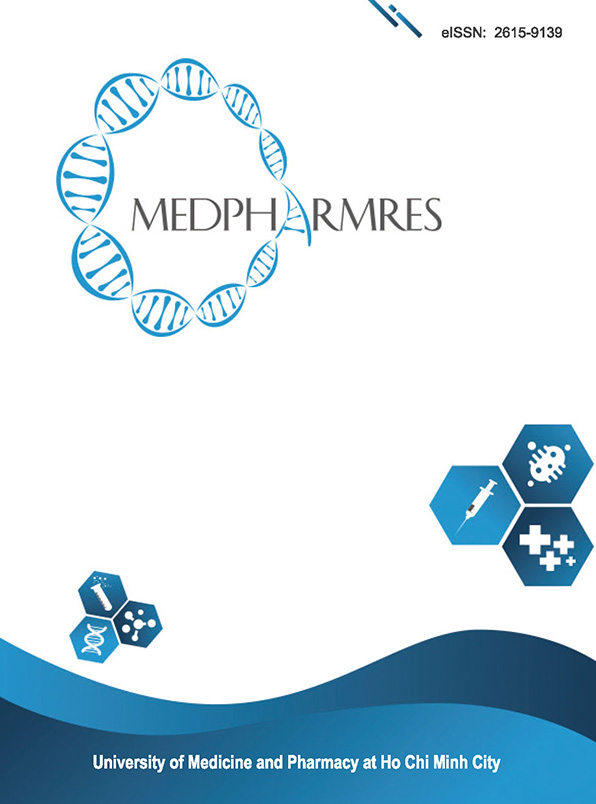Quantitative vaginal fluid creatinine in prelabor rupture of membranes (PROM): factors associated with diagnostic power
Tóm tắt
Introduction:Prelabor rupture of membranes (PROM) remains a challenge in obstetrics with serious complications. Quantitative vaginal fluid creatinine concentration is a promising test for diagnosing PROM in resource-limiting settings. However, uncovered factors may affect the diagnostic power of this potential test. We aimed to investigate how clinical factors may affect this diagnostic power.
Methods:We conducted a case-control diagnostic test study at Hung Vuong Maternity Hospital, Vietnam. Pregnant women between 24–42 weeks were enrolled into case and control groups, with a ratio of 1:2. Sterile speculum examination for fluid leak from cervix, nitrazine test and ferning test were used to determine membranes’ status. Quantitative creatinine from vaginal fluid was measured using the Jaffe method. We calculated sensitivity and specificity to describe the test’s diagnostic power. The receiver operating characteristic (ROC) curve and Youden’s J statistic were used to identify the optimal cut-off value of the test. Logistics regression models were used to detect factors that may affect the diagnostic power of the test. Ethics approval was obtained from the local ethics committee and all participants gave written informed consent.
Results:We recruited a total of 693 pregnant women into the study – 231 participants in the study group and 462 participnts in the control group. There were two clinical factors affecting diagnostic power of quantitative vaginal fluid creatinine concentration: dilated cervix [OR=6.08(4.26–8.68); p<0.001) and urinary incontinence [OR=0.52(0.29–0.92); p=0.03). The optimal cut-off value for creatinine concentration is 0.29 mg/dL in the general group, in the closed cervix group and in the group with no urinary incontinence during pregnancy. The dilated cervix group provided a lower cut-off value (0.26 mg/dL) while the urinary incontinence group had a higher cut-off value (0.31 mg/dL). They both had lower diagnostic powers compared to the general group. However, the test accuracy, sensitivity and specificity remain above 90% in all subgroups.
Conclusions:Quantitative creatinine in vaginal fluid is a potential diagnostic test for PROM in resource-limiting settings. Doctors should remain vigilant about its limitation in clinical applications.

